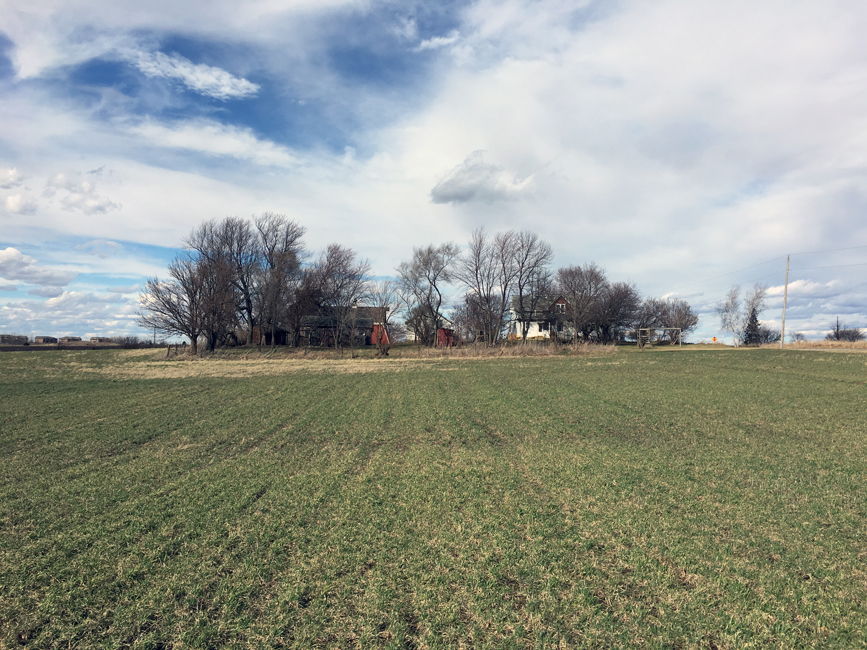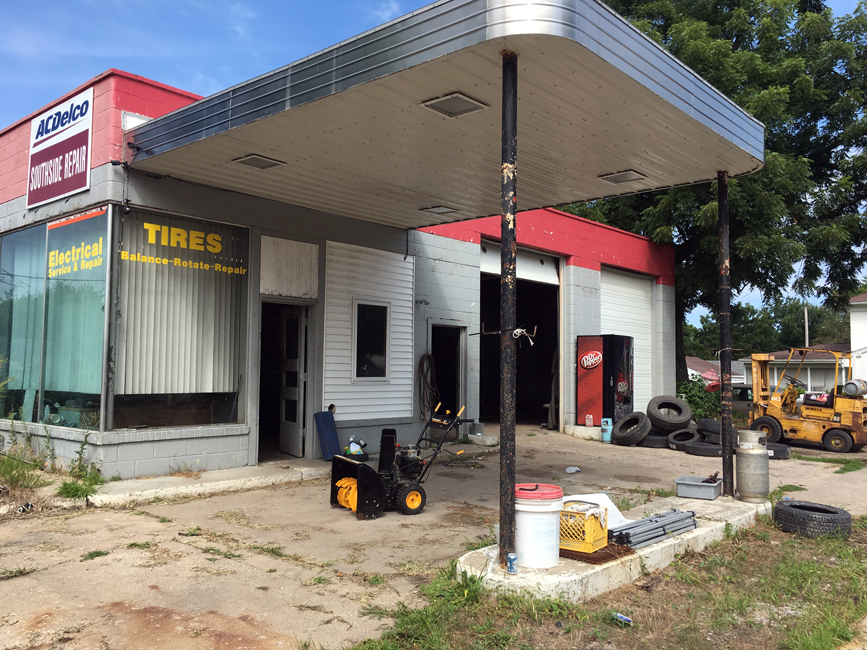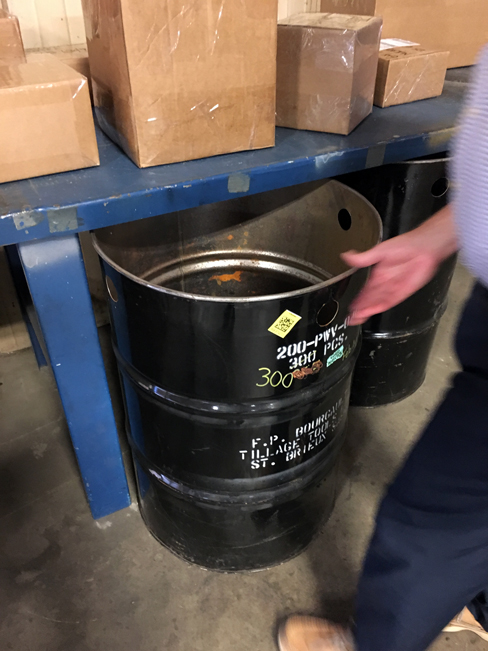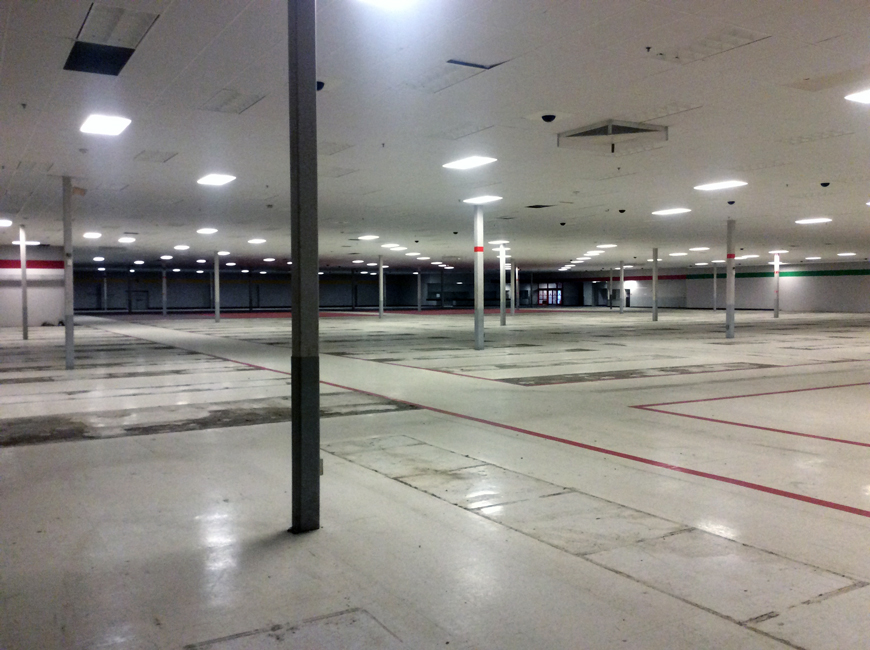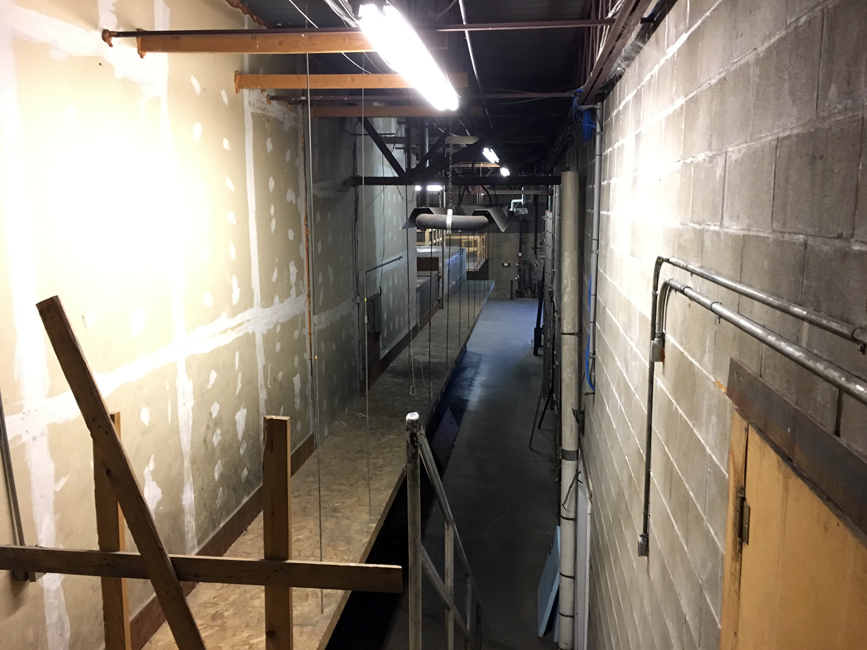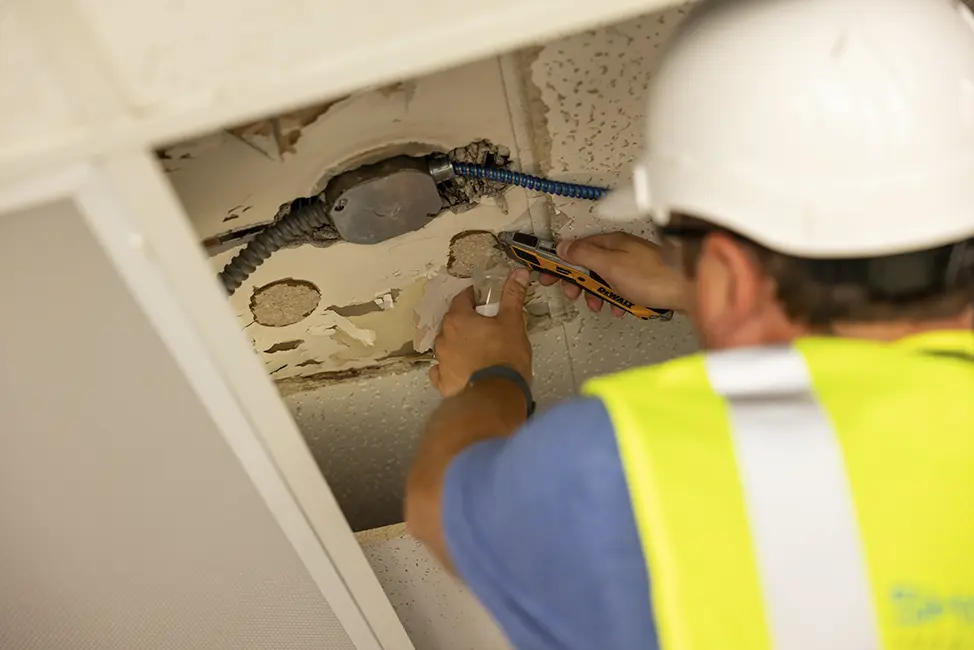Being informed of environmental concerns on your prospective and/or current property can help avoid setbacks, liability concerns, and the risk of losing your lending institution’s support.
Phase I Environmental Site Assessments (ESAs) uncover environmental issues that you may not be aware of and, as the owner of the property, you could be held responsible for cleaning and addressing the environmental concern regardless of whether you caused it.
Typically required by lending institutions, Phase I ESAs minimize the purchaser’s risk of unknowingly buying a parcel that has hazardous environmental conditions.
When you invest in a Phase I ESA, Shive-Hattery performs a full investigation of current and historical land use, ownership and occupancy of a specific property which includes:
- Collecting existing environmental information
- Determining surrounding land use
- Historical property use
- Site visit
- Interviews
Your Phase I ESA report provides information on the property and an assessment of the environmental condition to identify Recognized Environmental Conditions (RECs). RECs are defined by ASTM E1527-13 as “the presence or likely presence of any hazardous substances or petroleum products in, on, or at a property: (1) due to any release to the environment; (2) under conditions indicative of a release to the environment; or (3) under conditions that pose a material threat of a future release to the environment.” Your Phase I ESA follows standards set by ASTM, ASTM E1527 specifically, and includes a list of RECs that require further action.
Regardless of whether your lending institution requires a Phase I ESA, performing this due diligence offers you peace of mind in your property.
Stay in Touch for Monthly Shive-Hattery Industry Insights
More Environmental Services Projects
Creating the foundations that support community growth.
We're Learning, Growing + Sharing
Stay on top of the latest industry trends as we share how we are staying ahead of them.

2024 Civil Engineering Swarm

Jen Bennett Highlights Iowa’s Growth and the Rise of the Quad Cities
Commercial

The Impact of Office Design on Employee Satisfaction
Workplace

